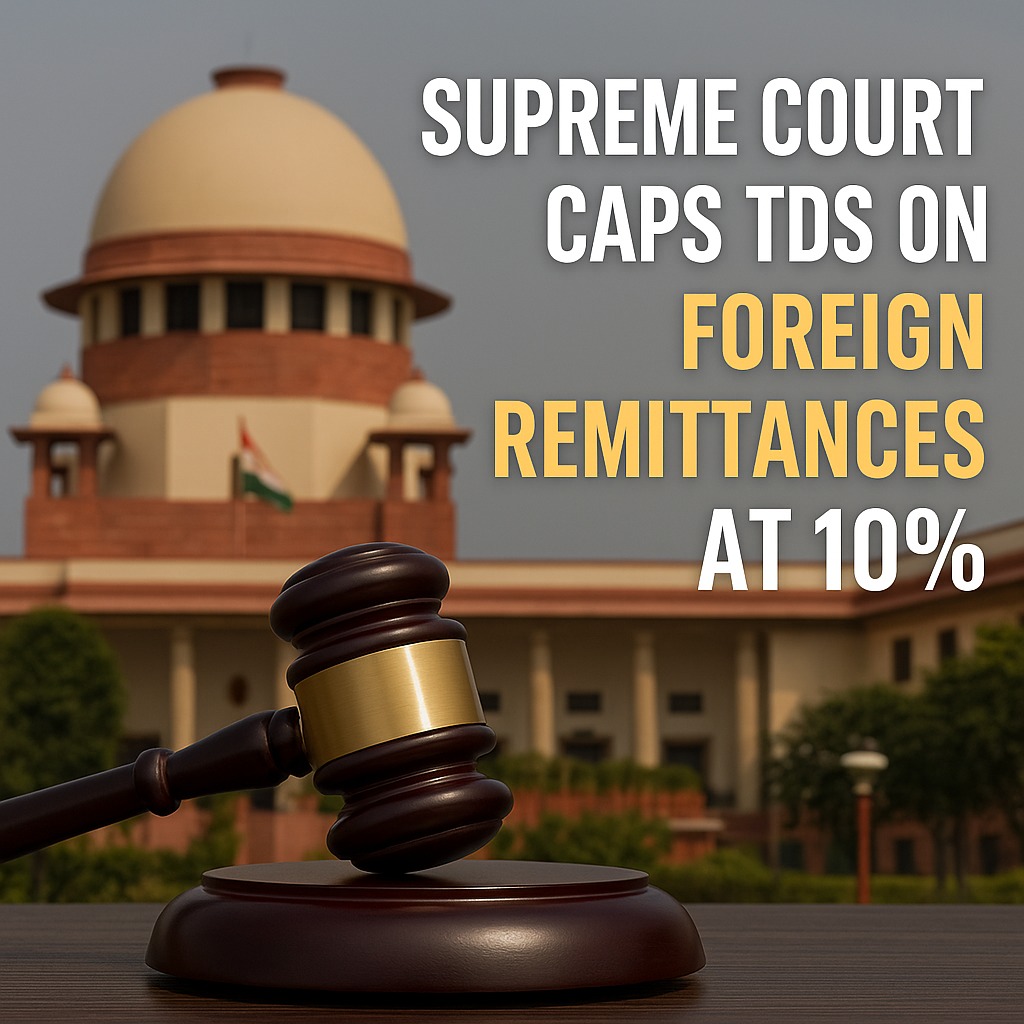Confused about which ITR form to file as an NRI? You're not alone. Non-Resident Indians (NRIs) must choose the correct ITR form based on their income sources, capital gains, and financial holdings in India. Choosing the right form ensures faster processing, accurate tax compliance, and avoids unnecessary scrutiny or notices.
In this complete guide, we’ll explain the best ITR forms for NRIs, new changes applicable in AY 2025-26, and how to file your NRI tax return in India with ease.
Which ITR Form is Best for NRIs in India?
ITR-1 (Sahaj) – NOT for NRIs
Eligibility:
- Total income below ₹50 lakh
- Income from salary, pension, one house property, and other sources (e.g. bank interest)
- Long-term capital gains (LTCG) up to ₹1.25 lakh from equity (Section 112A)
Not applicable for NRIs or HUFs
- NRIs must use ITR-2, ITR-3, or ITR-4, based on their income profile.
ITR-2 – Most Common ITR Form for NRIs
- Best ITR form for salaried NRIs and those with:
- Income over ₹50 lakh from salary or investments
- Long-term or short-term capital gains
- Rental income from more than one property
- Foreign income or foreign assets
- Crypto investments or holdings in unlisted shares
- Brought forward or carry forward capital losses
This is the recommended form for NRIs with Indian income and foreign assets.
ITR-3 – For NRIs with Business or Professional Income
Use this if you:
- Run a business or offer consultancy/freelancing in India
- Are a partner in an Indian firm
- Have income from sources under ITR-2 + business/profession
Suitable for NRIs running operations or earning professional fees from India.
ITR-4 (Sugam) – For NRIs Using Presumptive Taxation
Use ITR-4 if you:
- Opt for presumptive taxation under Section 44AD, 44ADA, or 44AE
- Have business or professional income below ₹50 lakh
- Don’t hold foreign assets or earn foreign income
ITR-4 is ideal for NRIs with small consulting businesses in India choosing simplified taxation.
Key Income Tax Changes for NRIs (AY 2025-26)
New Disclosure Requirements
- Deductions & exemptions under 80C, HRA, donations, etc. must be fully disclosed.
- TDS on other incomes like dividends, interest will be pre-filled – reconcile with Form 26AS & AIS.
- Capital gains before and after 23 July 2024 must be reported separately.
Simplified Rules
- ITR-1 and ITR-4 now allow reporting of capital gains up to ₹1.25 lakh from listed equity.
- Schedule AL limit raised: Disclose assets/liabilities only if total income exceeds ₹1 crore (earlier ₹50 lakh).
- Share buyback income now shown as dividend under "other sources".
Frequently Asked Questions for NRIs Filing ITR in India
Can NRIs file ITR-1 in India?
No, NRIs are not eligible for ITR-1. You must choose between ITR-2, ITR-3 or ITR-4.
Do NRIs need to report foreign income?
Yes. If you're an NRI with global income taxable in India or foreign assets, disclose it in ITR-2 or ITR-3.
Which ITR form is best for salaried NRIs with capital gains?
ITR-2 is the most suitable for salaried NRIs with capital gains from Indian mutual funds, stocks, or property.
Is it mandatory for NRIs to file ITR in India?
Yes, if:
- Your total income in India exceeds ₹2.5 lakh
- You want to claim refund of TDS
- You’ve earned capital gains or rental income
File Your NRI ITR with Experts – Maximize Refunds, Minimize Risk
At Dinesh Aarjav & Associates, we specialize in:
- NRI tax filing & consultancy
- Filing ITR-2/ITR-3 with capital gains
- Foreign asset and bank account disclosures
- DTAA claims and Form 67 filings
- Lower/NIL TDS certificates under Section 195/197
Don’t Miss the Deadline – File Before 31st July 2025
Avoid notices, penalties, and blocked refunds. Get your ITR done accurately, timely, and hassle-free with our expert NRI taxation team.
 WhatsApp
WhatsApp
 Call Us
Call Us
 Email Us
Email Us
 Whatsapp Community
Whatsapp Community







